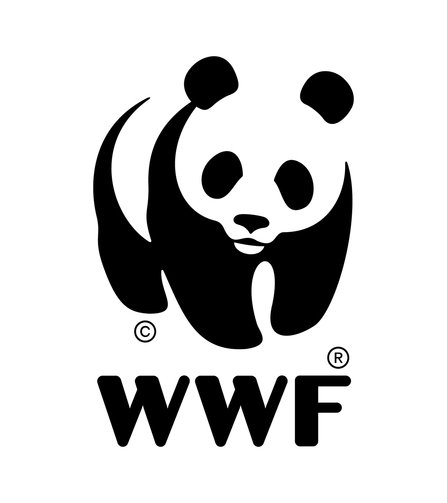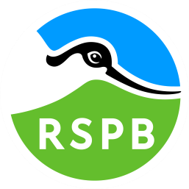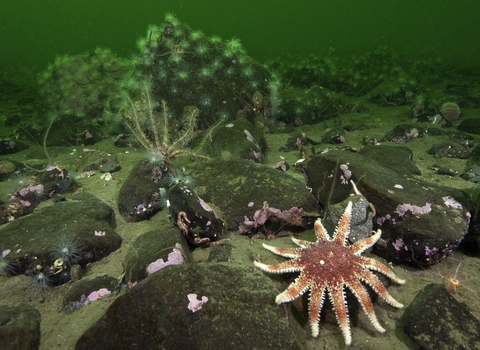UK becomes first country to map and estimate carbon stored in seabed habitats
Over the past few decades, we've made great strides in recognising the importance of carbon storage to regulate climate in habitats on land, such as forests and peatlands. New, groundbreaking research has now confirmed that marine habitats also store vast amounts of carbon and must be protected.
The Blue Carbon Mapping Project, led by the Scottish Association for Marine Science (SAMS) on behalf of WWF, The Wildlife Trusts and the RSPB, provides a detailed estimate of the amount of carbon captured and stored in UK seas, including Marine Protected Areas (MPAs). The series of reports uses the best available data on coastal and marine habitats that capture and/or store carbon (known as ‘blue carbon’). It estimates that 244 million tonnes of organic carbon are stored in just the top 10 centimeters of seabed sediments and vegetated habitats, with over 98% of it stored in seabed sediments such as mud.
Read our Blue Carbon: A report and recommendations by The Wildlife Trusts, WWF and RSPB below.
Time to act
Blue carbon is captured and/or stored in coastal and marine habitats including saltmarshes, seagrass meadows, kelp forests, biogenic reefs and in sediments such as mud on the seabed, as well as microscopic algae in our seas.
Protecting blue carbon habitats from damage can prevent the release of carbon into the atmosphere, helping to limit climate change, as well as safeguard vital areas for wildlife. These habitats are also important for the future of UK fisheries and coastal communities.
Blue carbon must be considered in planning activities at sea (e.g. fishing and developments), to avoid and minimise damage to these special habitats. Marine Protected Areas must be protected from destructive activities. If properly protected, these areas could help safeguard blue carbon and marine wildlife.
All reports
You can view all of the scientific reports and technical summaries below.
English Channel Western Approaches
Scottish Seas
English North Sea
This Blue Carbon Mapping Project builds on an earlier blue carbon study into the English North Sea. The original report and technical summary, published in 2021 was commissioned by the North Sea Wildlife Trusts, Blue Marine Foundation, WWF and the RSPB, and written by Scottish Association for Marine Science, Cefas, Newcastle University and the University of St Andrews.
Meet the partners

(C) WWF
Worldwide Fund for Nature (WWF) is one of the world’s largest independent conservation organisations, active in nearly 100 countries. Our supporters – more than five million of them – are helping us to restore nature and to tackle the main causes of nature’s decline, particularly the food system and climate change. We’re working to ensure a world with thriving habitats and species, and to change hearts and minds so it becomes unacceptable to overuse our planet’s resources. WWF. For your world. For wildlife, for people, for nature.

The Wildlife Trusts are a federation of 47 charities, 46 individual Wildlife Trusts and a central charity, the Royal Society of Wildlife Trusts. Together we have more than 900,000 members, 39,000 volunteers and 3,600 staff across the UK. We share a vision of nature in recovery, with abundant, diverse wildlife and natural processes creating wilder landscape where people and nature thrive, and take action, with our communities, to help restore 30% of land and seas for nature by 2030. Find out more about our marine work: www.wildlifetrusts.org/sea

(c) RSPB
The RSPB is the UK’s largest nature conservation charity, protecting habitats, saving species, and helping to end the nature and climate emergency. For over a century we’ve acted for nature through practical conservation and powerful partnerships, campaigning and influence, and inspiring and empowering millions of people, including almost 1.2 million members. Our network of over 200 nature reserves sits at the heart of our world leading science and conservation delivery. Nature is in crisis, but together we can save it.

